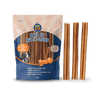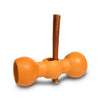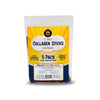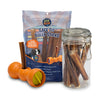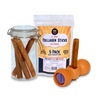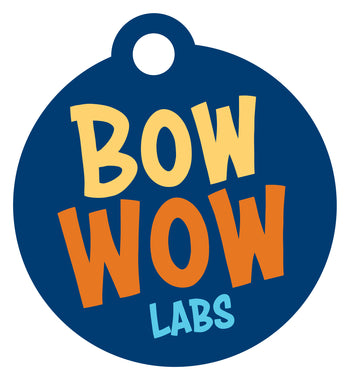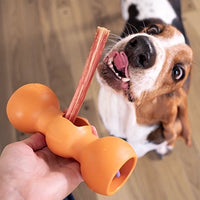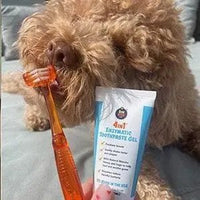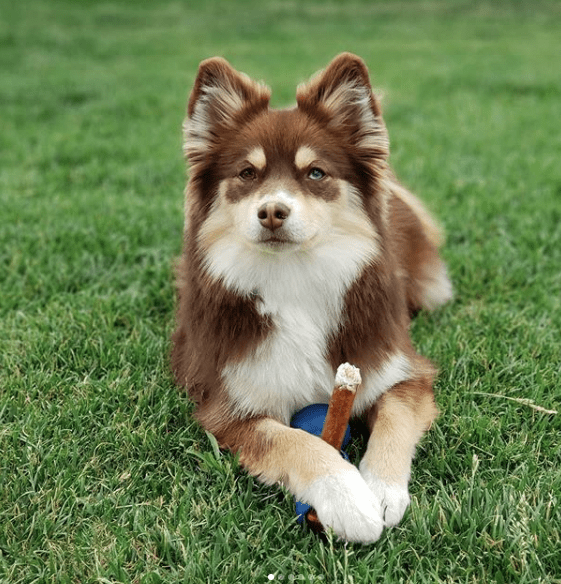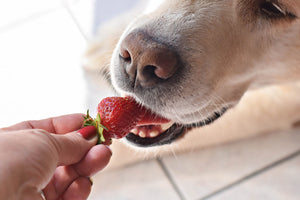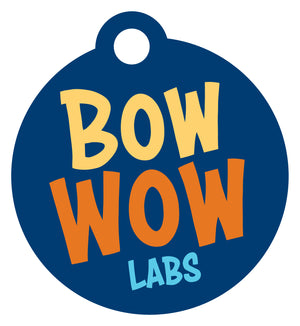Chewing has important benefits for your dog — from promoting overall well-being and dental health to mental stimulation and supporting your dog’s natural instincts. A long-term chew is something that should both taste great and hold your dog’s attention for more than 10 minutes.
There are two different kinds of long-term chews: digestible and non-digestible.
A digestible chew is any chew that can be eaten and through digestion be absorbed and utilized by the body. For instance, a bully stick or an antler would be considered a digestible long-term chew. A non-digestible chew is fine for chewing, but has potential for danger and should not be swallowed. Examples might include a nylon bone or cow hoof.
Why Long-Term Chews Should Be Part Of Your Dog’s Diet
Why should long-term chews be part of your dog’s routine?
Chewing is a natural, instinctual behavior, and dogs chew for a variety of reasons. Leave any dog to their own devices and undoubtedly they will “get into something” they shouldn’t. We’ve all known dogs that chew on wooden sticks outdoors—and though this may seem natural—it isn’t. They are simply mimicking behavior that would have taken place when breaking down their prey in the wild.
[Side note: Wood sticks are not safe for dogs to ingest as they might puncture different areas of the mouth and could potentially cause damage to their gastrointestinal tract. ]
That said, I’m a big advocate of using digestible chews that are natural and consistent with a carnivore diet, including bully sticks*, antlers and non-weight-bearing raw meaty bones (including ribs, patellas or knuckles) — all animal parts that a dog would chew on in the wild.
In nature, dogs are hunters and scavengers and instinctively chew on parts of their prey as well as found parts from animals that have been left behind (for example, natural shed antlers.) These parts can provide a variety of different nutrients, including vitamins, trace minerals, calcium, and protein.
Chewing Supports Mental Well-Being
Chewing naturally increases a dog’s overall well-being. The repetitive action of chewing releases serotonin and dopamine, two important neurotransmitters in the brain that support mental health, and a feel-good vibe.
Dogs in every stage of life benefit from chewing, but it can be especially helpful for those in the puppy stage. Not only can chewing help calm young dogs when being removed from their mother and littermates, but it can also help with the pain and discomfort of teething.
Chewing to Beat Boredom
Chewing also promotes mental stimulation, and when your dog is mentally stimulated they are actively engaged in the task at hand.
It is said that a dog will tire faster from mental activity than from physical activity. I’m not encouraging you to stop physical exercise, but think how helpful this information is on rainy days or times when you are unable to provide physical exercise for your dog.
The act of chewing requires concentration. It tires a dog because they have to determine so many variables, such as “how am I going to eat this/what do I have to navigate around/which side of my mouth am I going to use?” All of this mental activity is going on in their brains as they nibble away.

Chewing to Promote Dental Health
When a dog chews it promotes the production of saliva, which helps to flush away any bacteria that might have built up in the mouth. This same bacteria is also responsible for bad breath and is directly related to cardiovascular health.
Chewing is great for dental health because it decreases plaque and tartar build-up. In the wild, dogs would eat the fur, elastic tissue and bones of their prey which would provide a natural brushing effect on their teeth. Our domesticated dogs aren’t eating in a way that provides these natural brushing effects, so long-term chews can fill this void in their diet and can help remove plaque and tartar by scraping against the teeth while also removing debris.
In addition, when your dog is chewing, they are exercising their jaw muscles, which helps promote jaw bone health. Therefore, the more you encourage chewing, the better your dog’s overall health is going to be.

How Often Should I Give My Dog A Chew?
It’s reasonable to allow your dog to chew daily depending on which long term-chew you are offering. If a long-term chew is high in calories, it’s best to limit the frequency to only a few times a week. At a minimum, I recommend that dog owners incorporate at least one long-term chew session into their dog’s weekly diet.
When Selecting a Chew, Consider Your Dog’s Size
Take your pup’s size into consideration when selecting long-term chews. If you have a 95-pound dog, don’t buy something that is three-inches long and expect it to last 10 minutes (also, depending on the types of chew, a small size may not be safe!)
If you’re considering bully sticks as a long-term chew option, check out our size chart to ensure you buy the right size for your dog. Not only will you get the most value for your dollar, but your dog will reap all the benefits of chewing.
What is Safe Chewing?
It’s important to ensure that your dog is enjoying his long-term chew in a safe manner. To prevent your dog from swallowing a choking hazard, always be present in the room to supervise your pup while he’s chewing. Safety devices like the Bow Wow Buddy™ can help your dog enjoy his long-term chew safely and give you peace of mind.
Keep Calm, And Chew On
Appropriate chewing is an important part of your dog’s weekly routine. It promotes overall well-being, dental health, mental stimulation and supports their natural instincts for chewing. So chew on!
Johnna Devereaux is a Clinical Pet Nutritionist, Chief Nutrition Officer for Bow Wow Labs and canine wellness expert.
*Bully sticks are a great longer-term chew that brings lots of joy to your pup, supports a healthy mental state, and satisfies their instinctual desire to chew. We always recommend pairing your bully sticks with the right size Bow Wow Buddy to make your pup safer and to help prevent a choking hazard or intestinal obstruction once they’ve chewed down to the last 1 to 1.5 inches of the bully stick.
The points of view expressed above are those of our clinical nutritionist and supported by science, her education and experience. However, we recognize there may be different points of view or opinions on some aspect or even the premise of this article. Our goal at Bow Wow Labs is to provide the best, clearest, and most helpful information possible to help keep your dog happy, healthy and safe.
Related Resources
You might also like:
Here’s Why Good Oral Health For Dogs Matters


